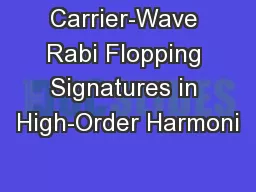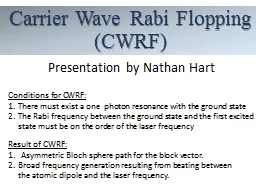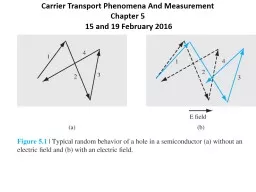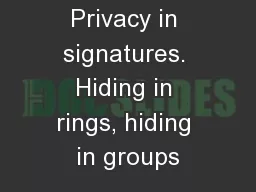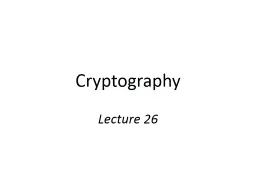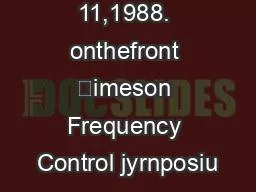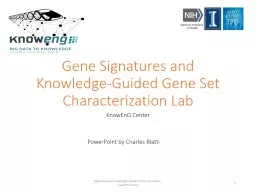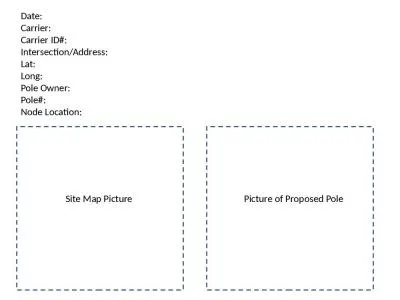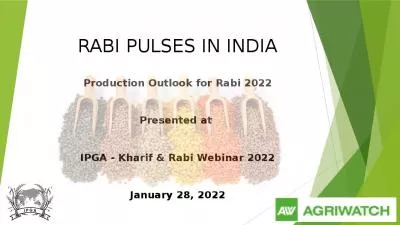PPT-Carrier-Wave Rabi Flopping Signatures in High-Order Harmoni
Author : min-jolicoeur | Published Date : 2017-04-23
Yakup Boran Spring2016 689Modern Atomic Physics Phys Rev Lett 114 143902 2015 MOTIVATION Theoretical investigation of carrier wave Rabi flopping has been
Presentation Embed Code
Download Presentation
Download Presentation The PPT/PDF document "Carrier-Wave Rabi Flopping Signatures in..." is the property of its rightful owner. Permission is granted to download and print the materials on this website for personal, non-commercial use only, and to display it on your personal computer provided you do not modify the materials and that you retain all copyright notices contained in the materials. By downloading content from our website, you accept the terms of this agreement.
Carrier-Wave Rabi Flopping Signatures in High-Order Harmoni: Transcript
Download Rules Of Document
"Carrier-Wave Rabi Flopping Signatures in High-Order Harmoni"The content belongs to its owner. You may download and print it for personal use, without modification, and keep all copyright notices. By downloading, you agree to these terms.
Related Documents

